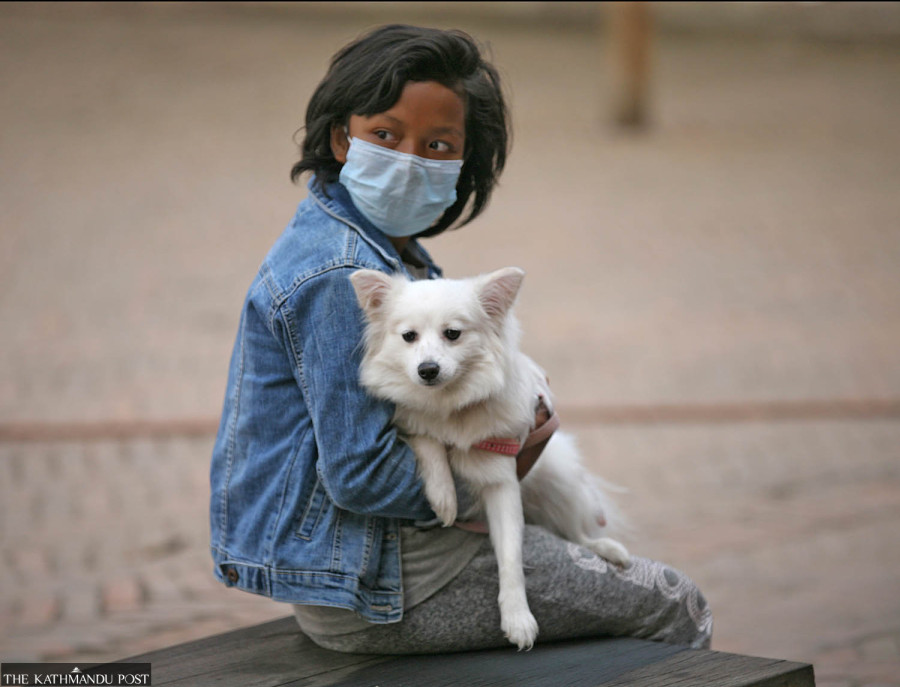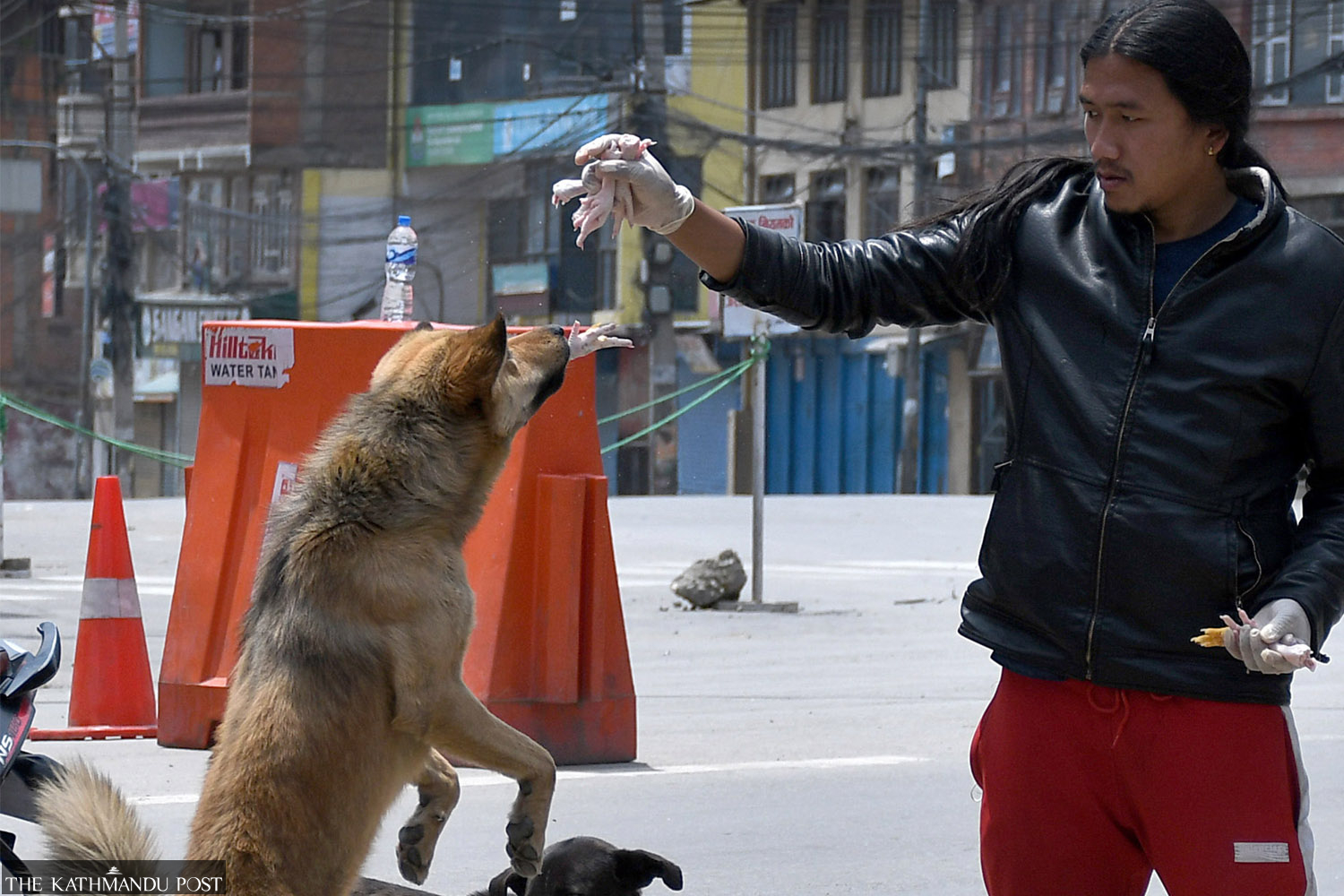Culture & Lifestyle
Learning to love animals
Teaching kids to be kind and compassionate towards animals is the most effective way to create empathy for these beings.
Post Report
Love has many forms. Emotions shared between partners, friends and family members can all be categorised as love. But the one major example a lot of us forget when we think of love is the affection between humans and animals. So, this Valentine’s Day, why not direct some of our love to our furry friends?
For people who grew up around animals, caring for them is almost second nature. But for individuals who did not grow up with pets or were taught to be frightened of animals, learning how to love and care for them can be quite challenging. The Post spoke to some animal lovers and animal rights activists to bring you the most effective methods to teach someone to love and care for animals.
Start with your locality
Srijana Thakuri, Founder of Shree's Animal Rescue Nepal, states that individuals who are not very comfortable taking care of animals yet can start by looking after the stray animals in their locality. This, she claims, is not a difficult task as every neighbourhood has dozens of animals—especially dogs and cats—that are uncared for.
Simply feeding them every day or, at the very least, every time you see them, would make a world of difference for them. And as these animals start recognising you as the kind person who feeds them, they will be delighted every time they see you too, showering you with love in their own way. Doing this regularly can make you more comfortable interacting with animals and eventually encourage you to get a pet of your own.
Teach them young
Teaching kids to be kind and compassionate towards animals is the most effective way to spread animal kindness. It can be quite difficult to teach an older individual to start loving animals if they have spent their entire lives avoiding them.
Children who learn to love and care for animals are also less likely to have an irrational fear of them. Ishwari Thapa, the chairman of Voice of Animal, claims that many kids learn to fear animals because of their parents. “It is very common for Nepali parents to restrict their kids from playing around with animals as they find it unsafe. Such children remain fearful of animals throughout their lives,” says Thapa.
The most common example of this phenomenon, according to Thapa, would be people avoiding dogs out of the fear that it will bite them. But dogs, by nature, are some of the kindest and most loyal animals out there. He states that it is highly unlikely that a dog will harm you without any reason. But people who are frightened of dogs in childhood will probably remain that way as adults too.
So, the biggest responsibility of spreading kindness and love to animals remains on parents because they are the ones who instil values that will shape their children’s lives.

The bare minimum
“While that is not the case for everyone, I find that a lot of individuals who are not fond of animals can be downright cruel to them,” says Khageshwaar Sharma, the director of Himalayan Animal Rescue Trust (HART). He states that he has seen individuals going out of their way to torture and harm animals—through activities like hitting them with pebbles and chasing them on bikes—out of mere amusement.
Thakuri reveals that just a few days ago, she heard about a man burning a pack of newborn pups simply because they stumbled onto his field while playing around with each other. Both Sharma and Thakuri emphasise the fact that nobody should be subjected to such torture—especially when it is unprovoked.
“We are not asking for much. If you don’t care for these creatures, leave them alone. Why is that so difficult?” asks Sharma.




 21.53°C Kathmandu
21.53°C Kathmandu
















